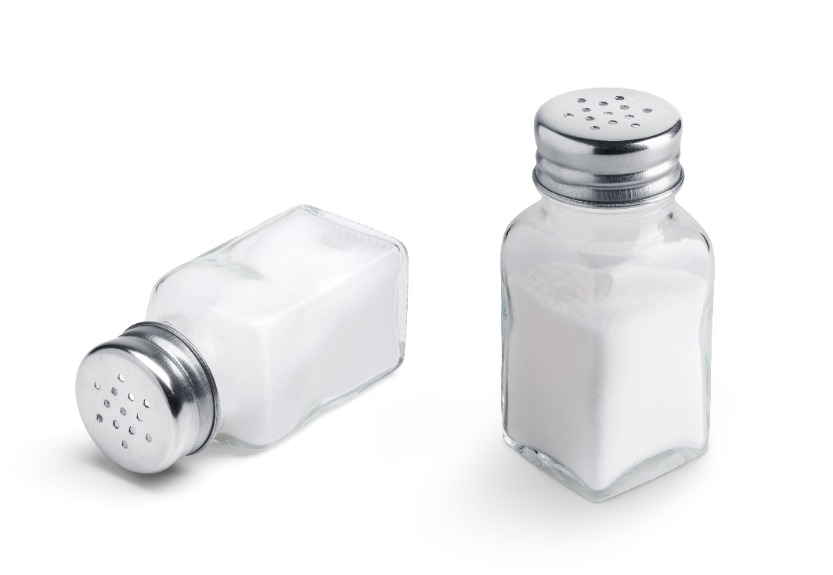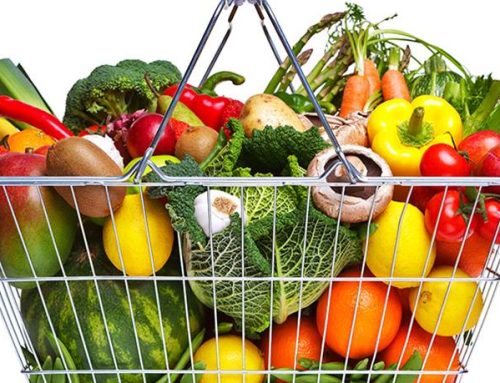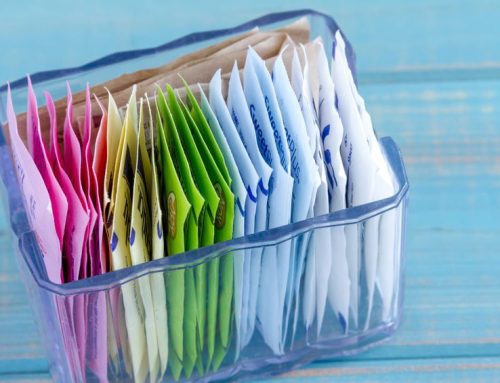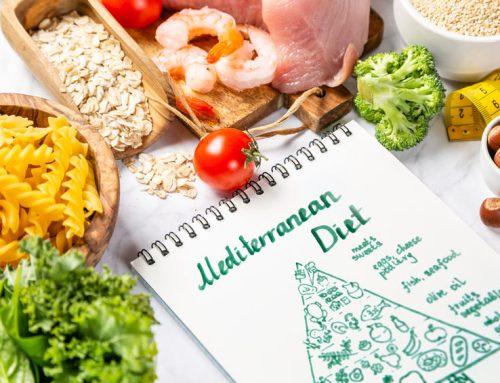Wondering how to reduce salt intake? The trick is to learn the sneaky places it is hiding.
You skip the salt shaker and lean toward the low-sodium labels, but do you really know how much salt you eat each day? UR Medicine registered dietitian Rachel Reeves says some simple sleuthing will help you uncover hidden sources of sodium that may be sabotaging your efforts.
Reducing the salt, you add to foods is a big step toward cutting you sodium intake, but it may not be enough to help you reach the recommended 1500 milligrams (mg)—less than 1 teaspoon—a day. In fact, the American Heart Association says most people consume more than twice that amount. Setting the salt shaker aside, a major source of sodium in Americans’ diets comes from processed foods.
Among the biggest culprits are:
• Canned soups, stews, barbecue sauce, soy or Worcestershire sauce, pasta sauce, gravies and some vegetables
• Condiments and seasonings, bouillon, meat tenderizer, taco mixes
• Deli meats and cheeses, sausages, items that are cured, smoked or canned
• Frozen meals and vegetables with sauces
• Mixes for baking, pancakes, pudding, biscuits
• Packaged starchy foods like seasoned pasta, rice, stuffing or potato mixes and instant meals to which you add water
• Snacks such as salted chips, popcorn, pretzels, pork rinds and crackers
• Seasonings with “salt” in the name (ex., choose garlic or onion powder over garlic or onion salt)
• Packaged baked goods, breads and cereals
Many product labels tout low-salt virtues, but be wary of the language. One rule of thumb is to look at the product’s Percent Daily Value (sometimes marked as %DV). Items high in sodium have a 20%DV per serving or higher; 5%DV or less is considered low sodium. If a label says, “salt-free” or “sodium-free,” it must have less than 5mg per serving. Items with 35mg or less per serving earn the “very low sodium” label. Anything marked “low sodium” must have 140mg or less per serving.
Watch out for some tricky terms:
• “Reduced sodium” tells you that the product has 25 percent less salt than its original version, though its sodium content may still be very high.
• “Light in sodium” or “lightly salted” indicates it has at least half less salt than the original product, though it may still be a lot.
• “No salt added” or “unsalted” means none was added when the item was processed, but that doesn’t mean the product is salt-free.
Here’s How to Reduce Salt Intake
Labeling and confusing numbers and percentages on packages can make it tricky, but here’s how to reduce salt intake.
• Start small.
If you’re setting out to lower your salt intake—or make any dietary changes—it’s usually easier to make small changes over time rather than going “cold turkey.” If you reduce your salt intake gradually, you’re less likely to miss the flavor or feel deprived, and more likely to stick with it. In the long run, small changes can make a big difference.
• Take stock.
Take a few days or a week to track the salt in what you eat to see how much you’re getting, on average, per day. That will help you set targets for gradually reducing your salt over time.
• Make it from scratch.
Reaching for prepared foods and packaged mixes may seem easier, but with a little planning and some smart shopping, you can learn to cook and bake things from scratch more frequently. You’ll have greater control of everything you’re eating, including salt. You may even save some money.
• Change your seasons.
Experiment with salt-free seasonings like Mrs. Dash, fresh herbs, spices, and lemon juice to enhance flavors so you’ll miss the salt less.
• Be label literate.
Food labels, even on packages of meats and vegetables, speak volumes when you take a moment to read them. Over time, you’ll find products you like and can rely on regularly.
• Don’t shake it off.
Taking steps to understand what you’re eating and aim toward nourishing choices is valuable for overall health, regardless of your age or any medical conditions. Ask your doctor if you need advice or consider talking with a registered dietitian.
Click here to read more on how to reduce salt intake.






